Harlem, Manhattan in the 1970s wasn’t just a place; it was a feeling. While facing economic challenges and social change, the neighborhood remained a cultural powerhouse. Walking down 125th Street, the main artery of Harlem, was like stepping into a living, breathing organism. Music poured out of record shops, mixing with the chatter of vendors selling everything from African fabrics to fresh produce. Street corner preachers shared their messages with fiery passion, their voices competing with the rumble of the elevated train overhead.
Music was the heartbeat of Harlem. The Apollo Theater, a legendary venue, continued to showcase the best in R&B, soul, and jazz. On any given night, you might catch the soulful sounds of Gladys Knight and the Pips or the electrifying dance moves of James Brown. The Apollo wasn’t just a stage; it was a symbol of Black achievement and a launchpad for countless careers.
But music wasn’t confined to the Apollo’s walls. It spilled onto the streets, into parks, and through apartment windows. Block parties were a regular occurrence, turning streets into dance floors. DJs spun the latest hits, while families and neighbors gathered to celebrate life, music, and community.
Food was another cornerstone of Harlem’s culture. Soul food restaurants, like Sylvia’s and Amy Ruth’s, served up heaping plates of comfort. The aroma of fried chicken, collard greens, and cornbread filled the air, drawing hungry crowds from all over the city. These restaurants weren’t just about the food; they were gathering spots, places to share stories, laughter, and a sense of belonging.
Beyond the music and food, Harlem was a hub of Black pride and political activism. The Civil Rights movement had ignited a spirit of self-determination, and organizations like the Black Panthers advocated for social justice and equality. Community leaders, like Percy Sutton and Charles Rangel, emerged as powerful voices, fighting for the needs of Harlem’s residents.
Fashion in Harlem was a statement of identity and pride. Bold colors, dashikis, and Afrocentric patterns were popular choices, reflecting a connection to African heritage and a rejection of mainstream fashion trends. Women sported natural hairstyles, embracing their beauty and challenging Eurocentric standards.
Harlem wasn’t without its struggles. Poverty, crime, and drugs were harsh realities for many residents. Abandoned buildings and vacant lots scarred the landscape. Yet, amidst these challenges, the community persevered. Churches, community centers, and grassroots organizations provided support and hope, fostering a sense of resilience and collective strength.


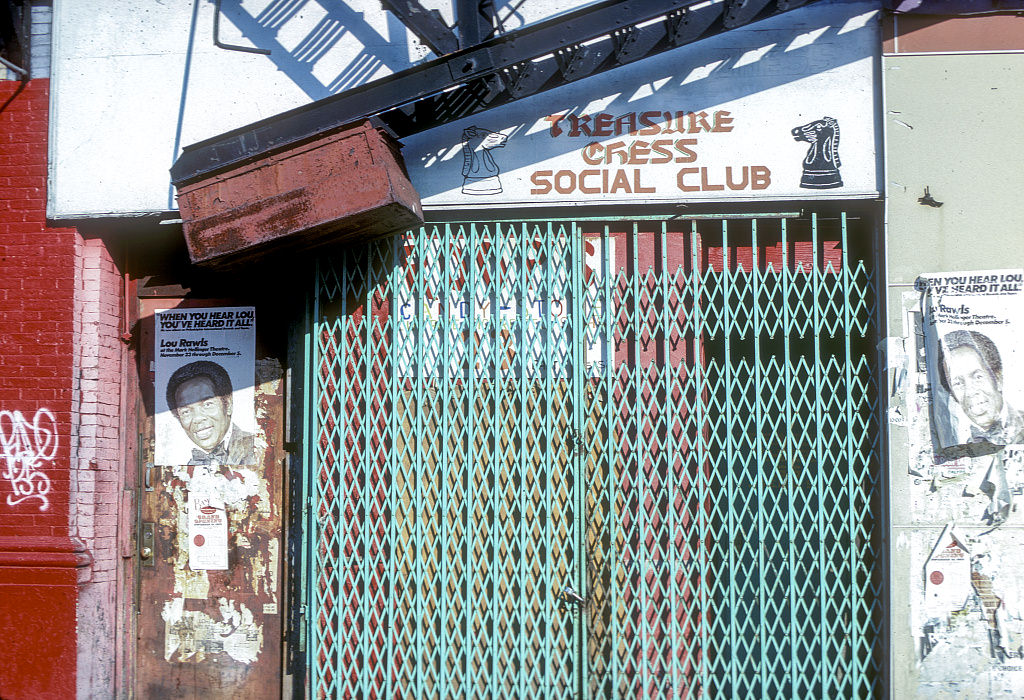
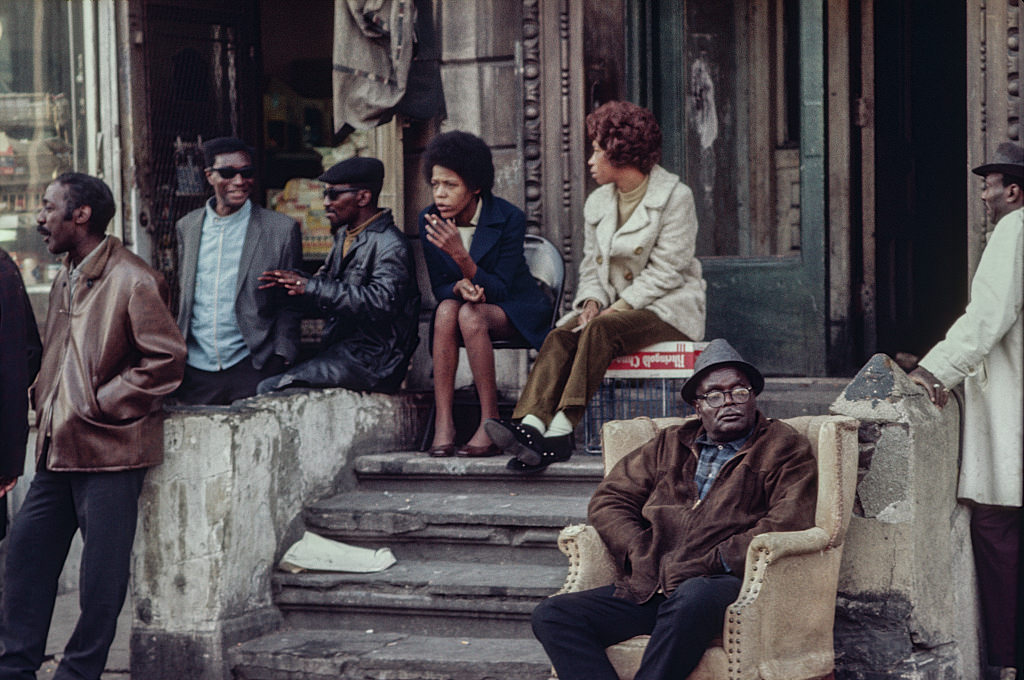
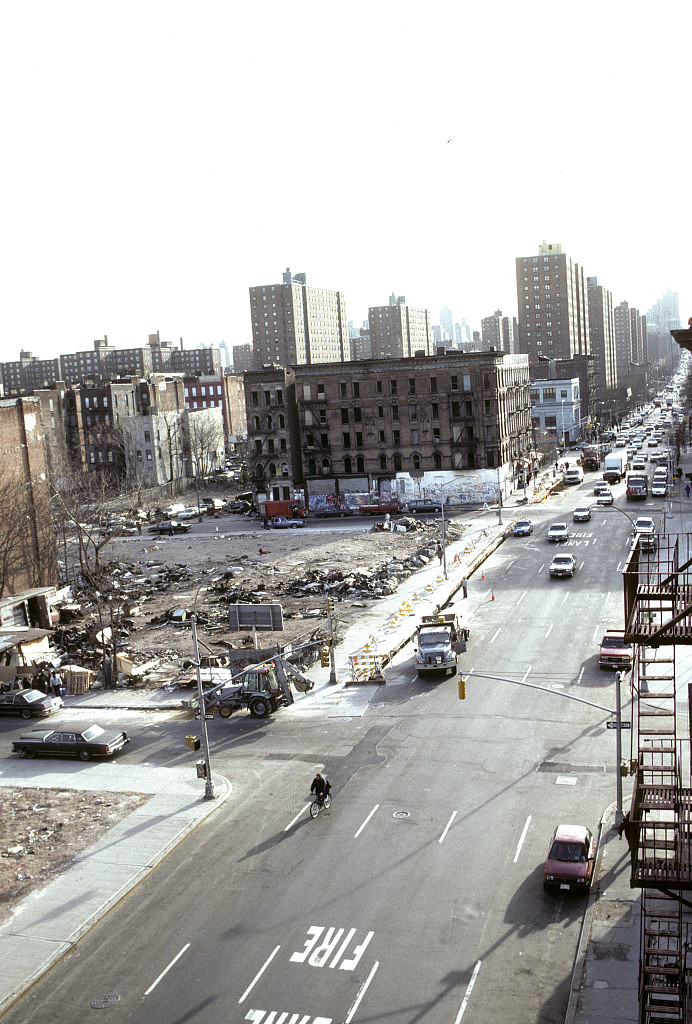
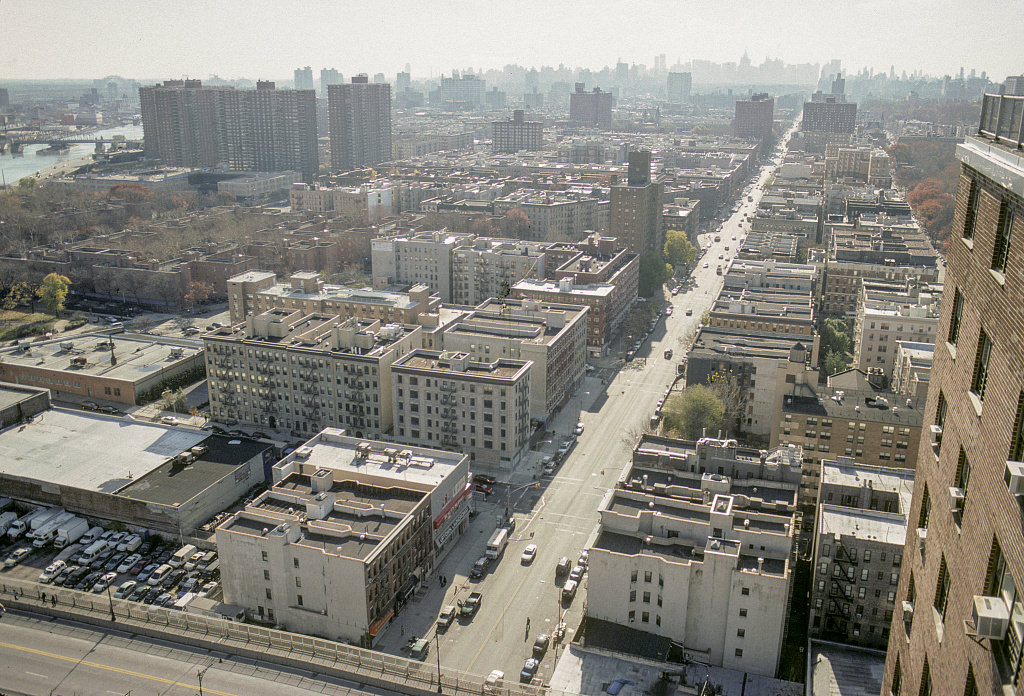
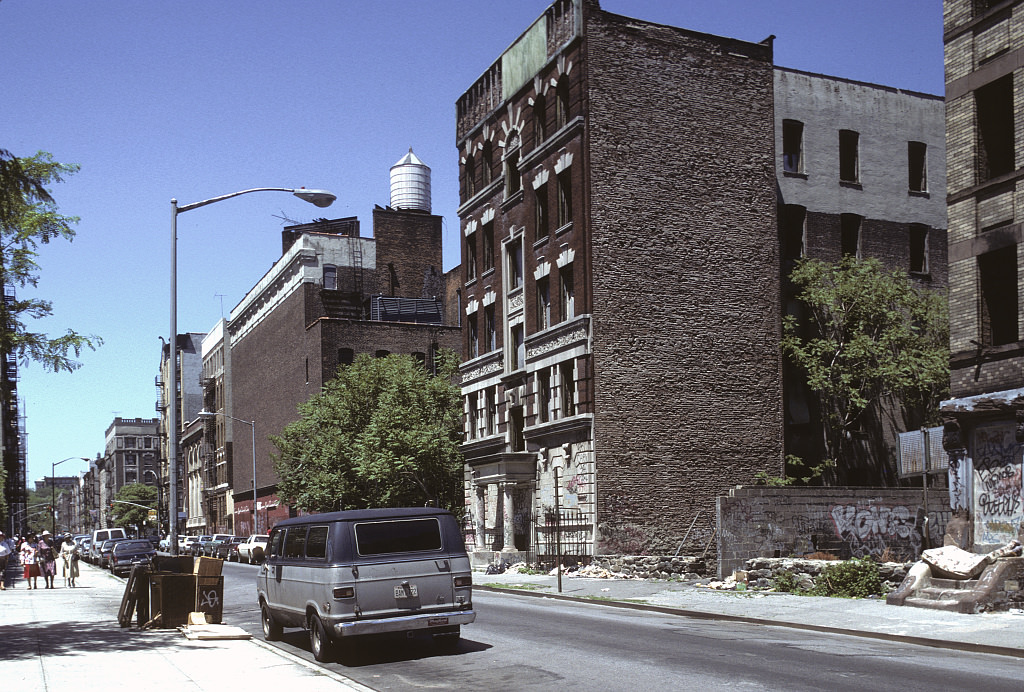
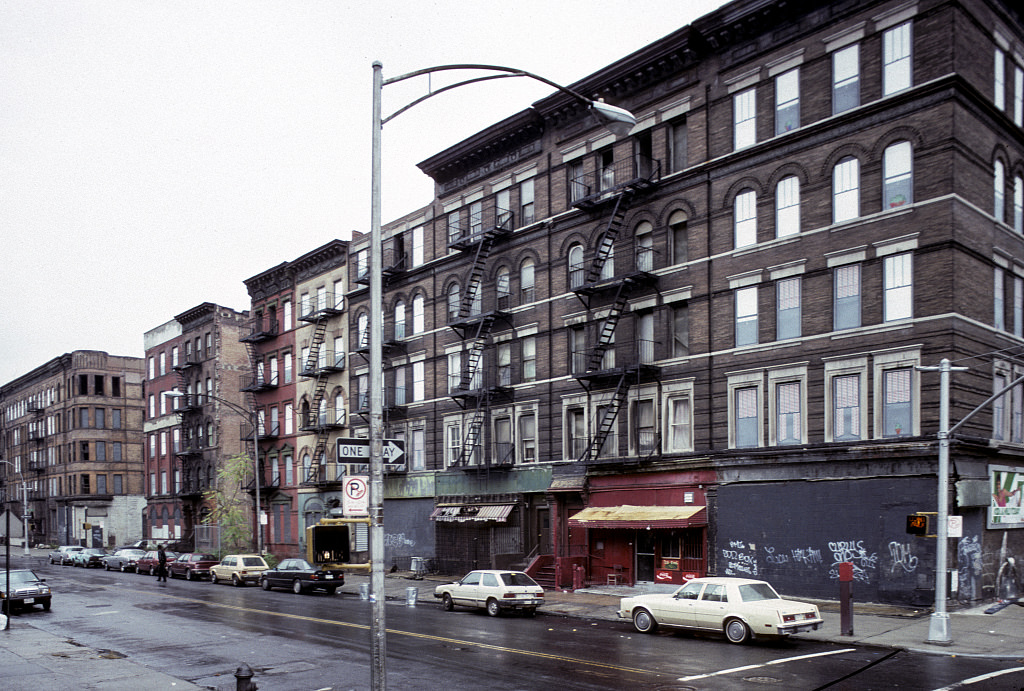
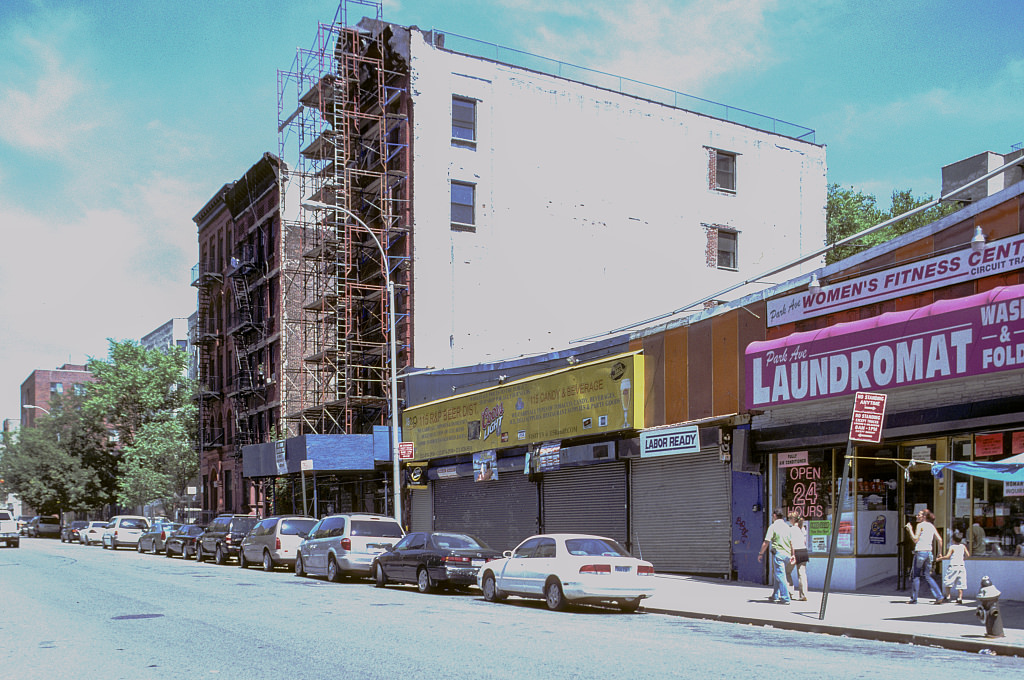
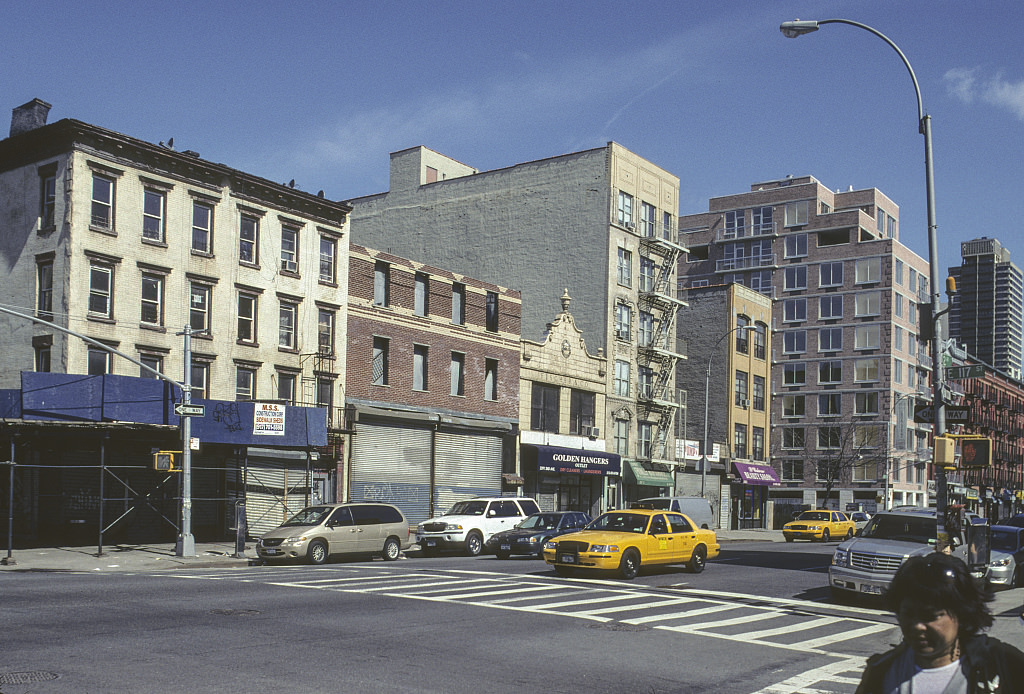
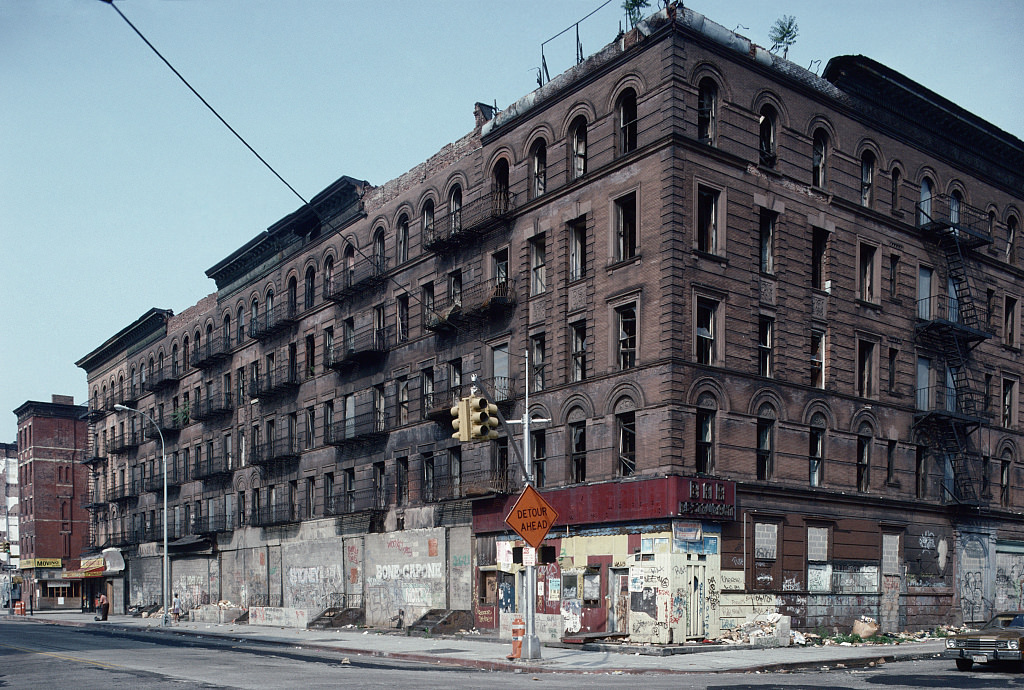
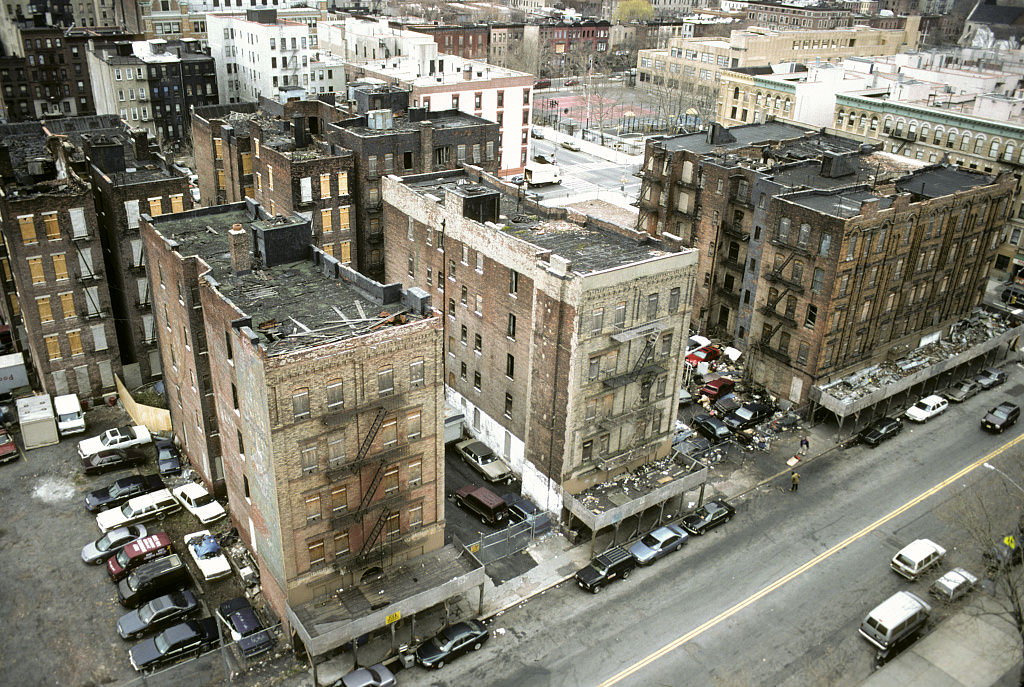
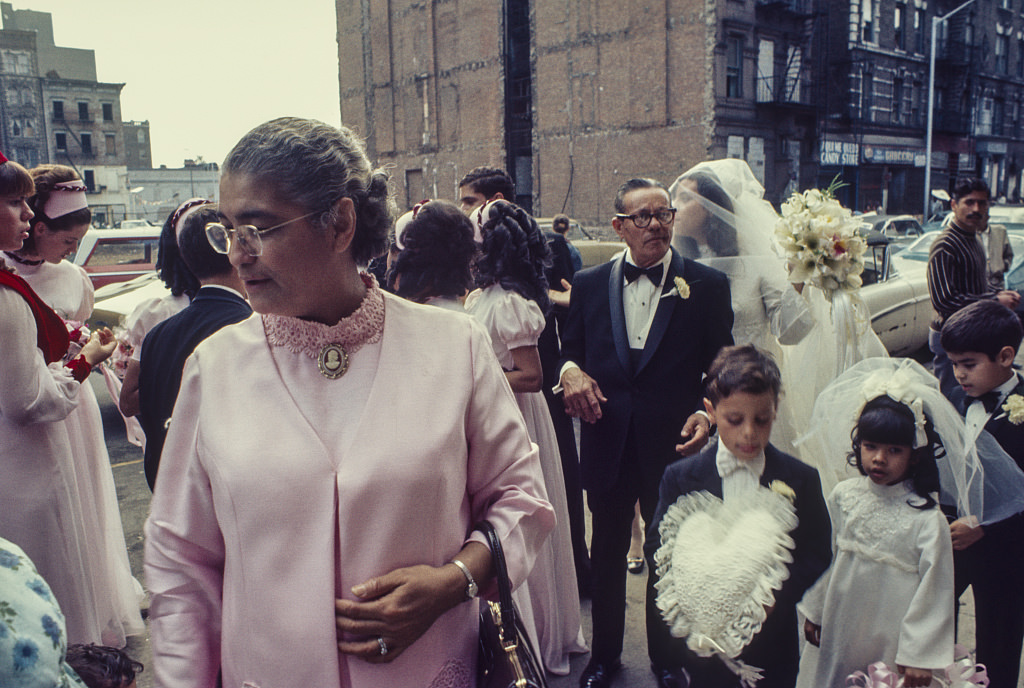
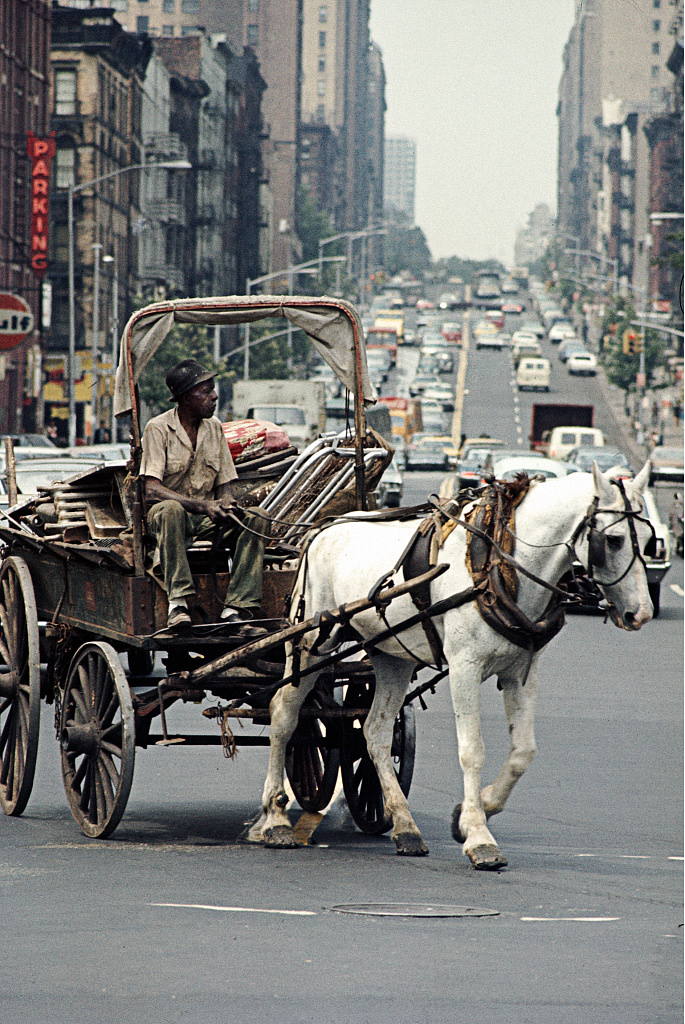
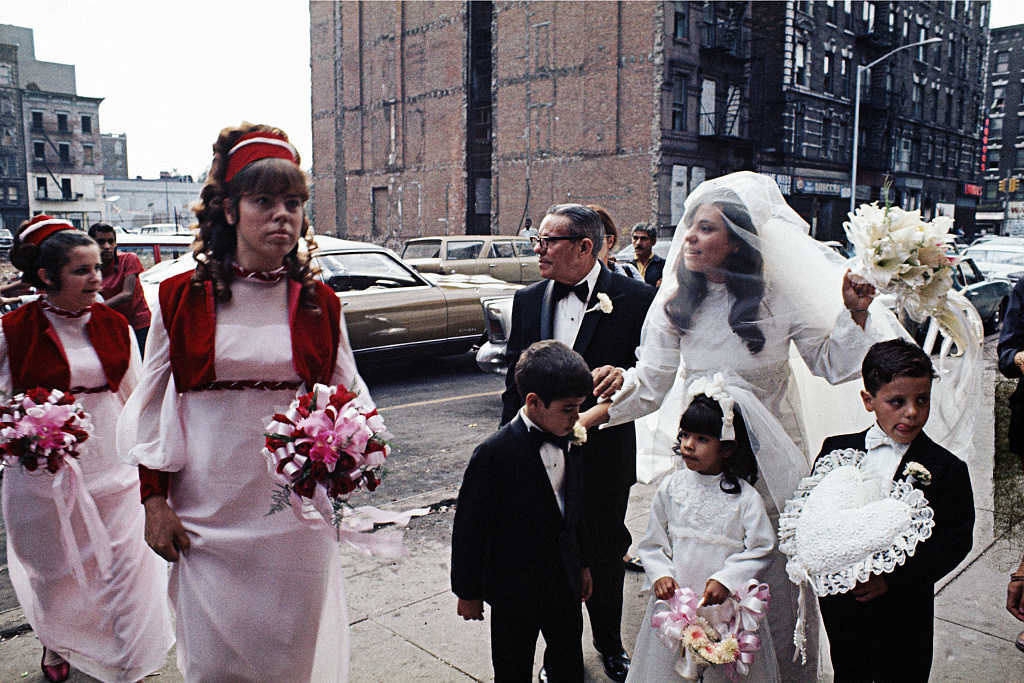
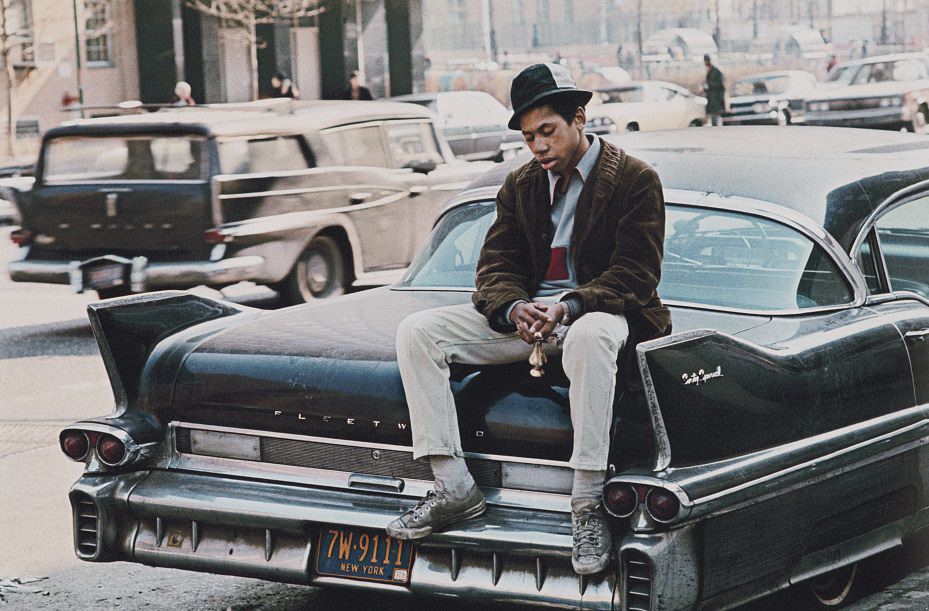
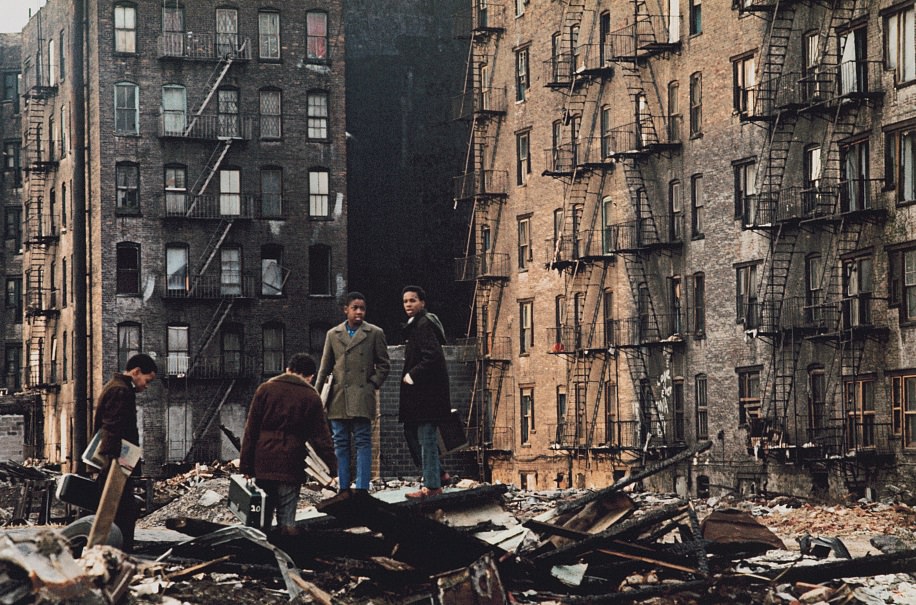
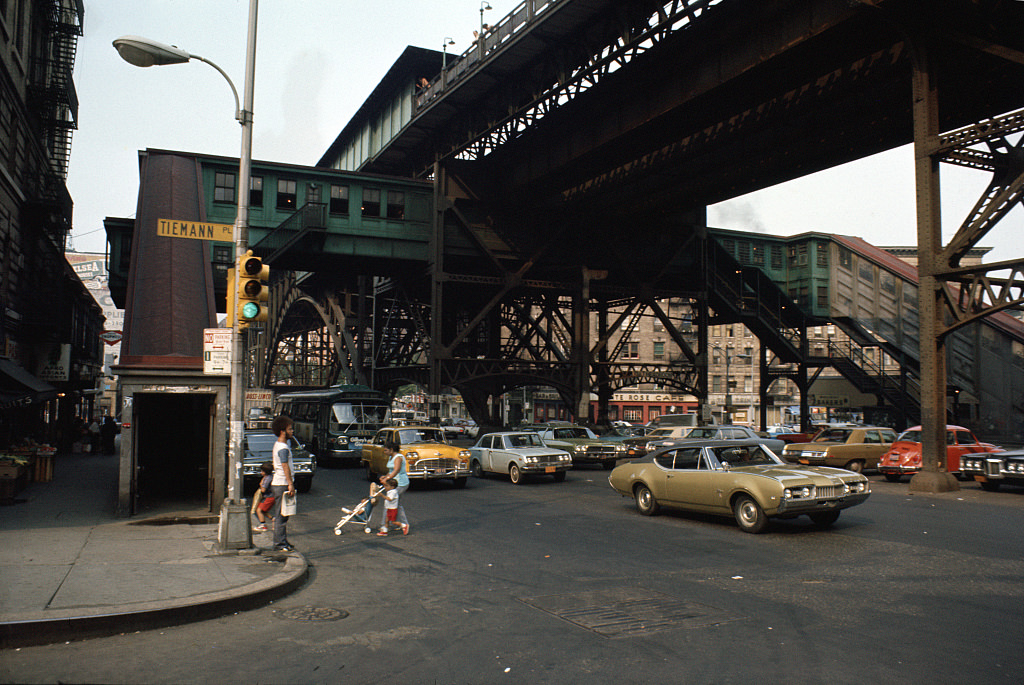

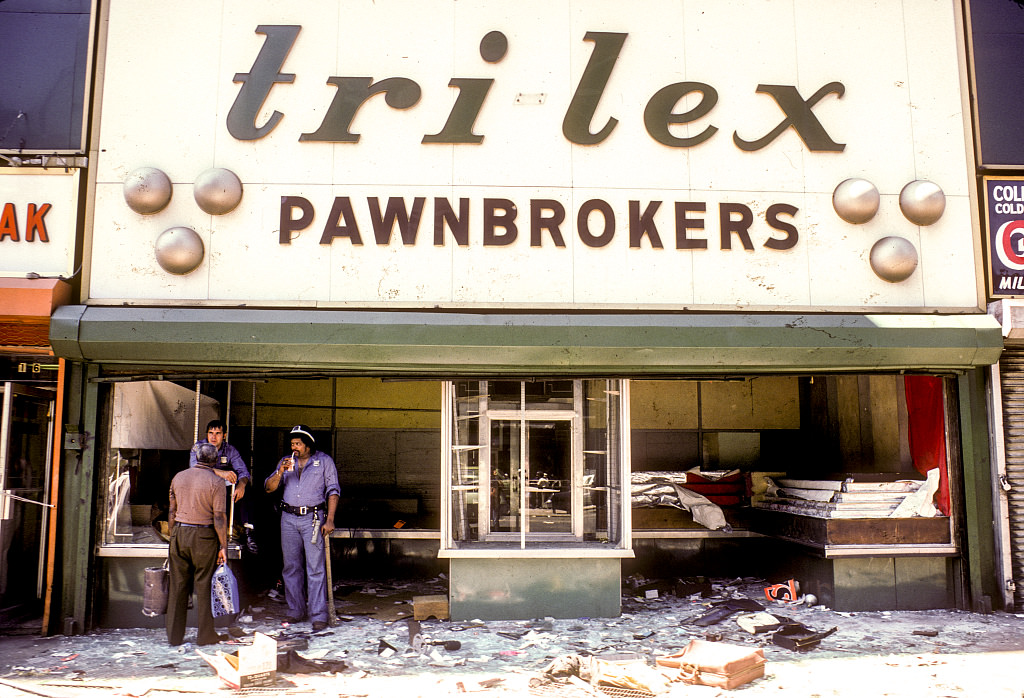
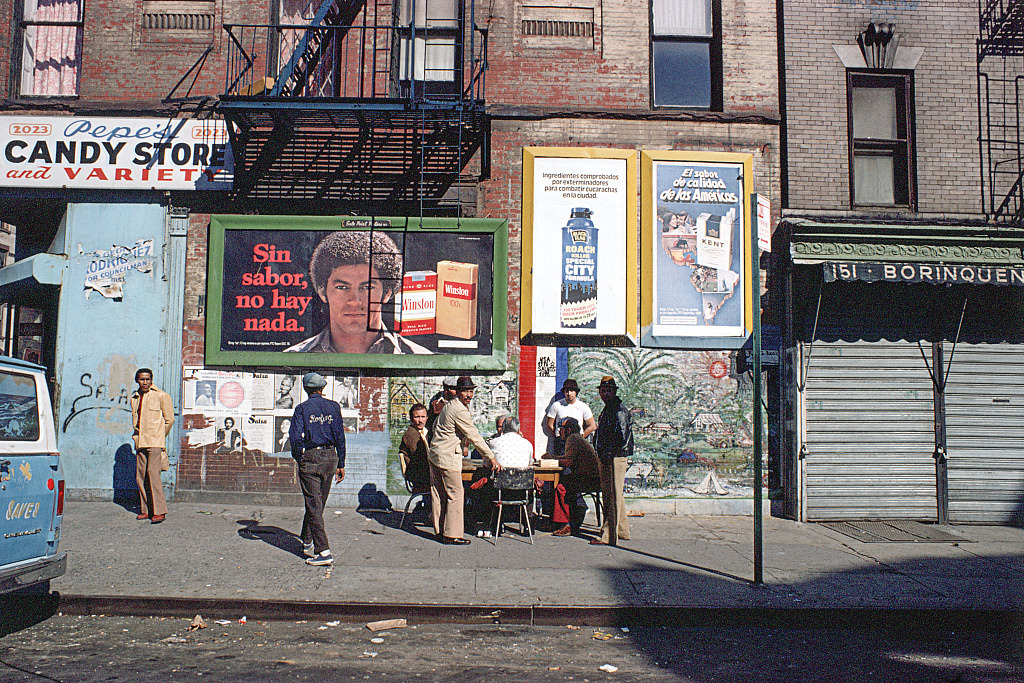
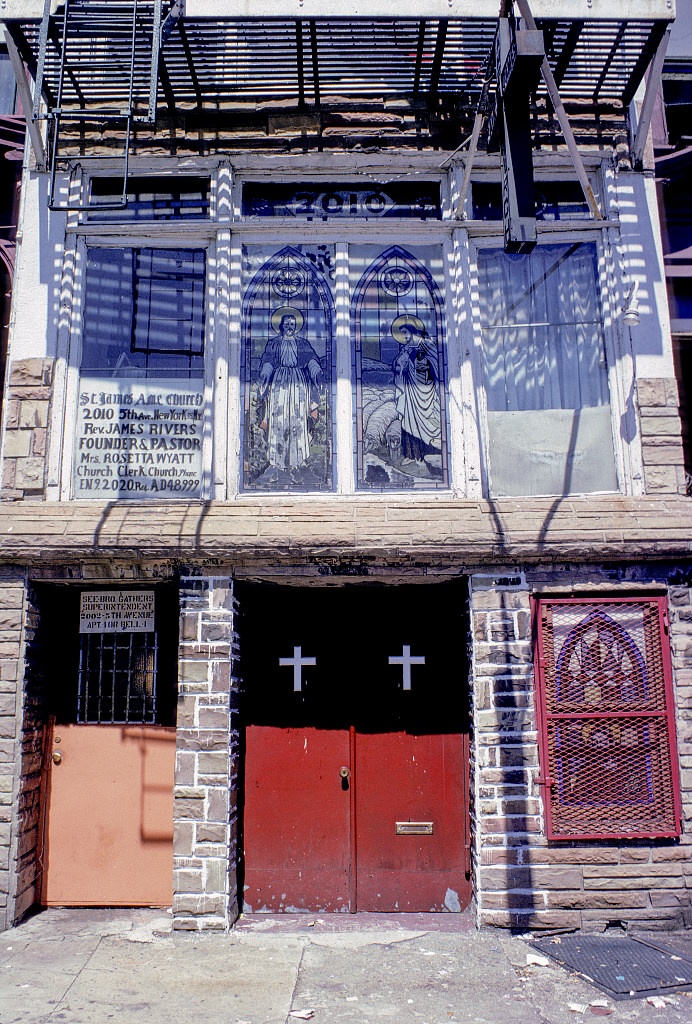
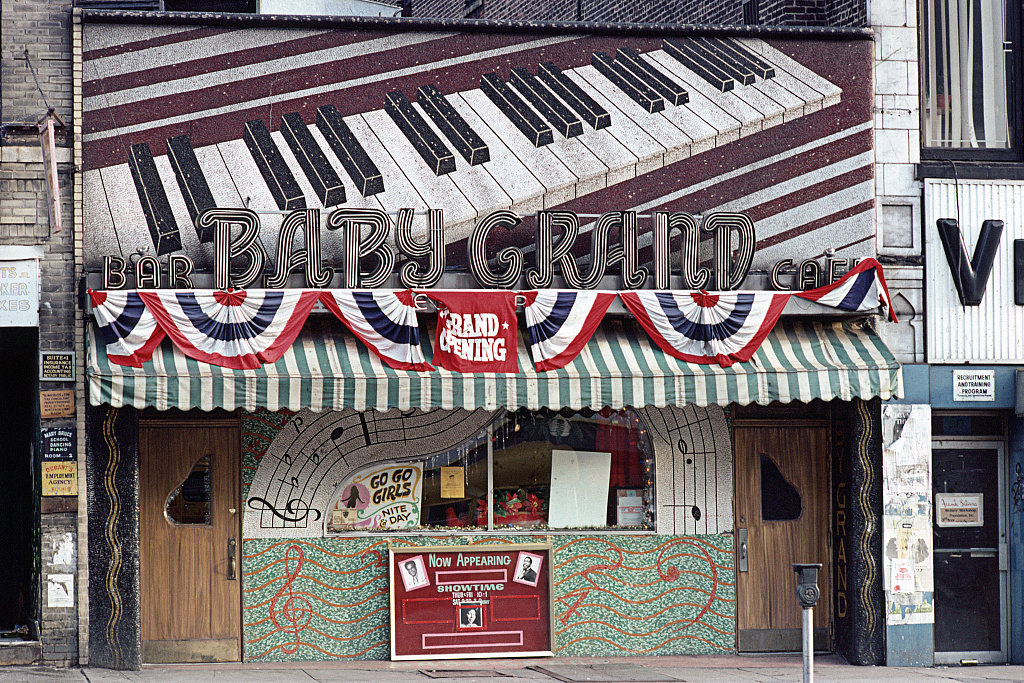
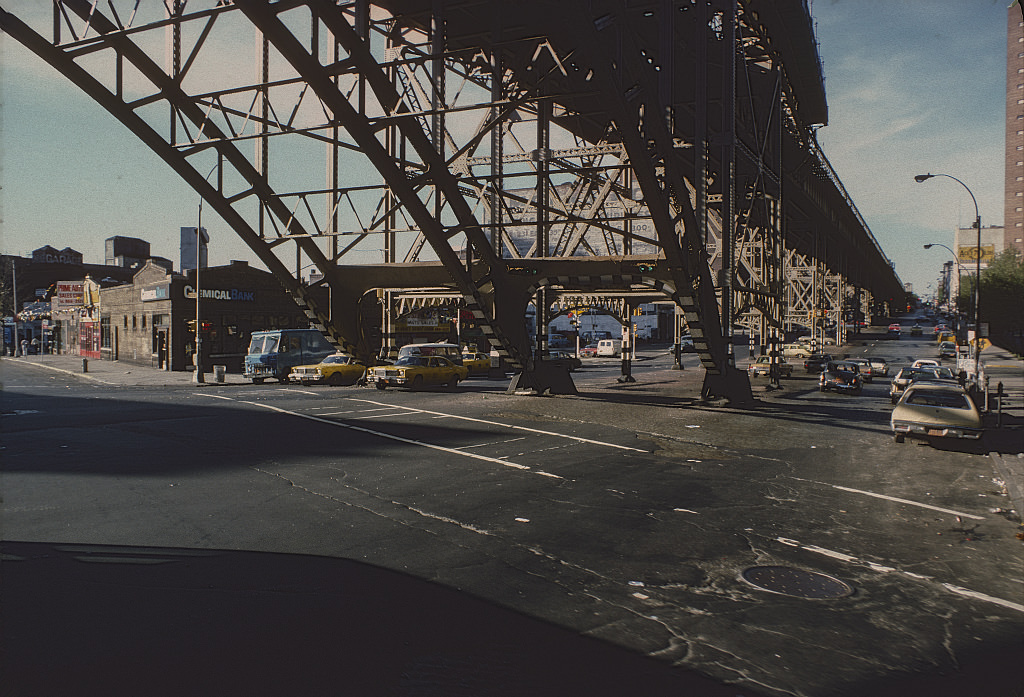
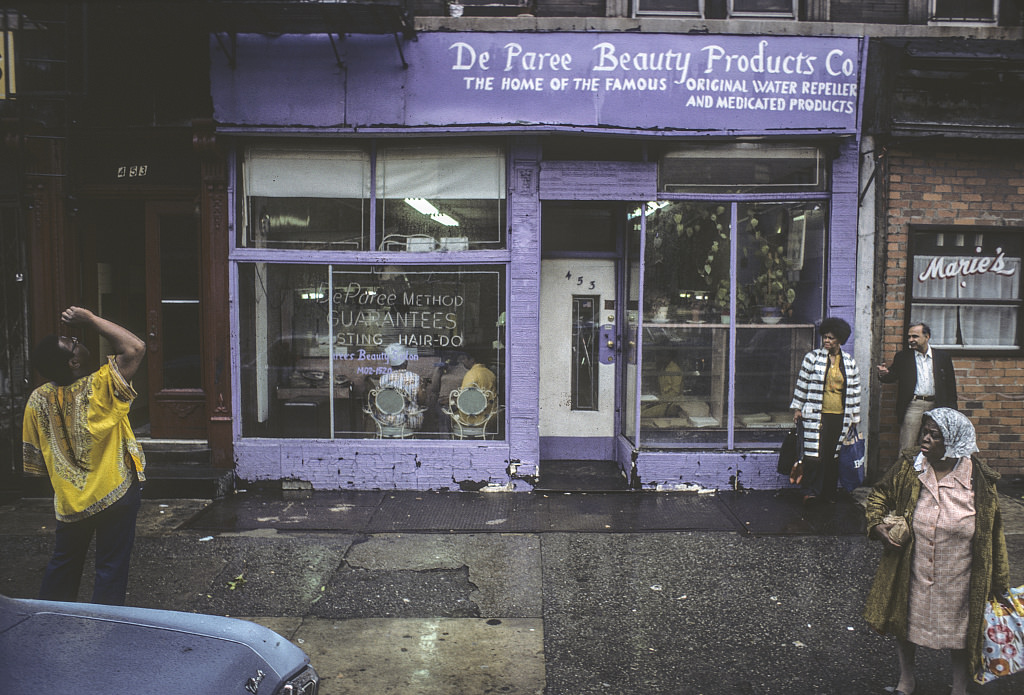
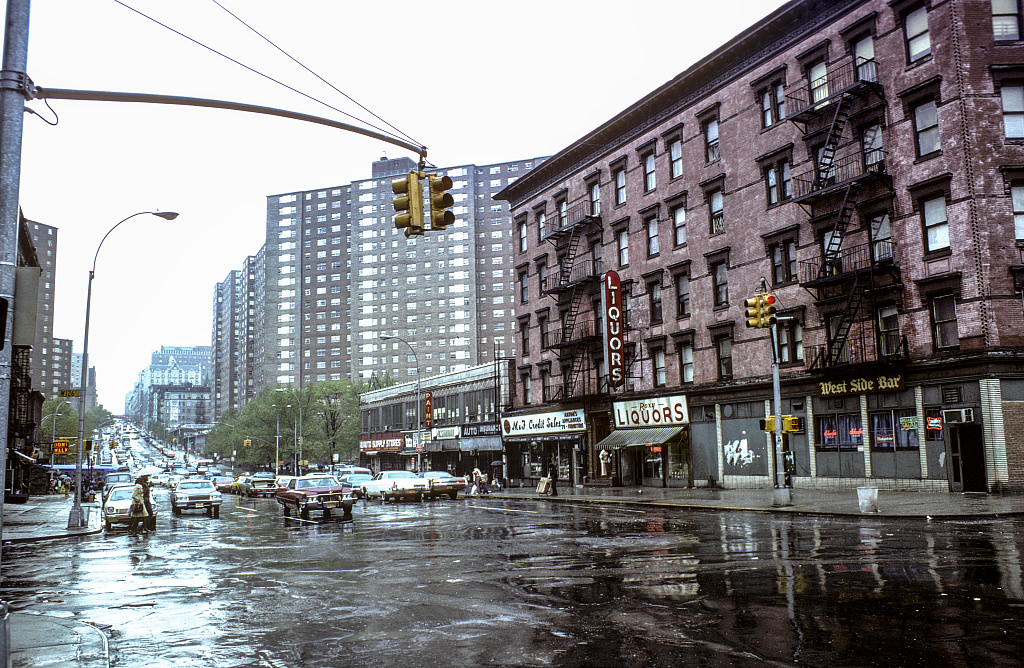
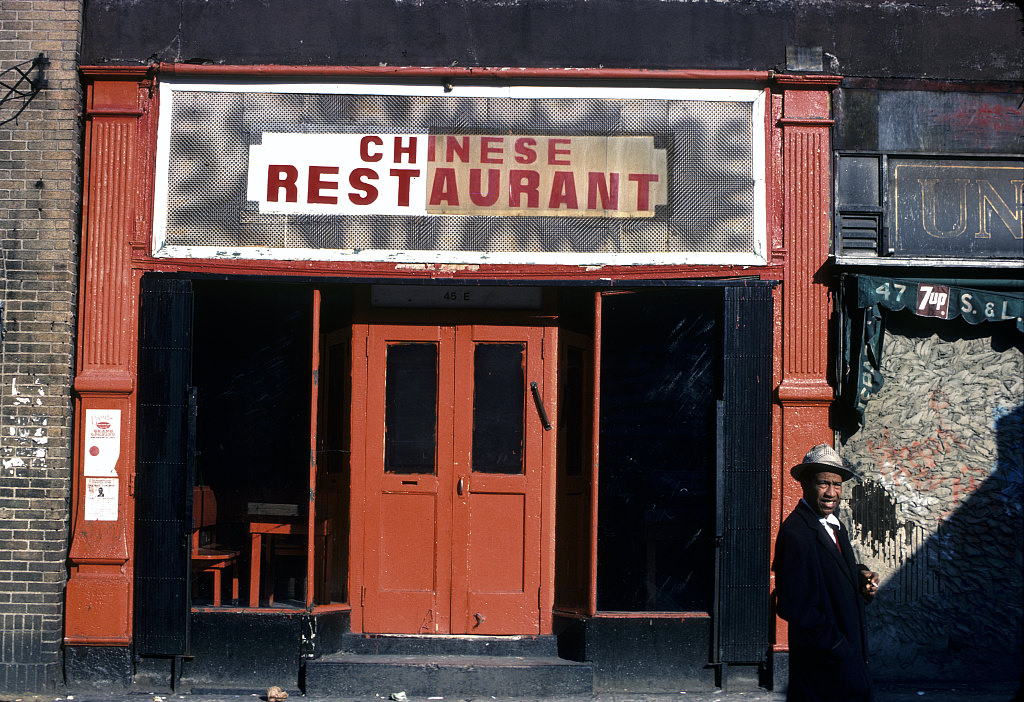
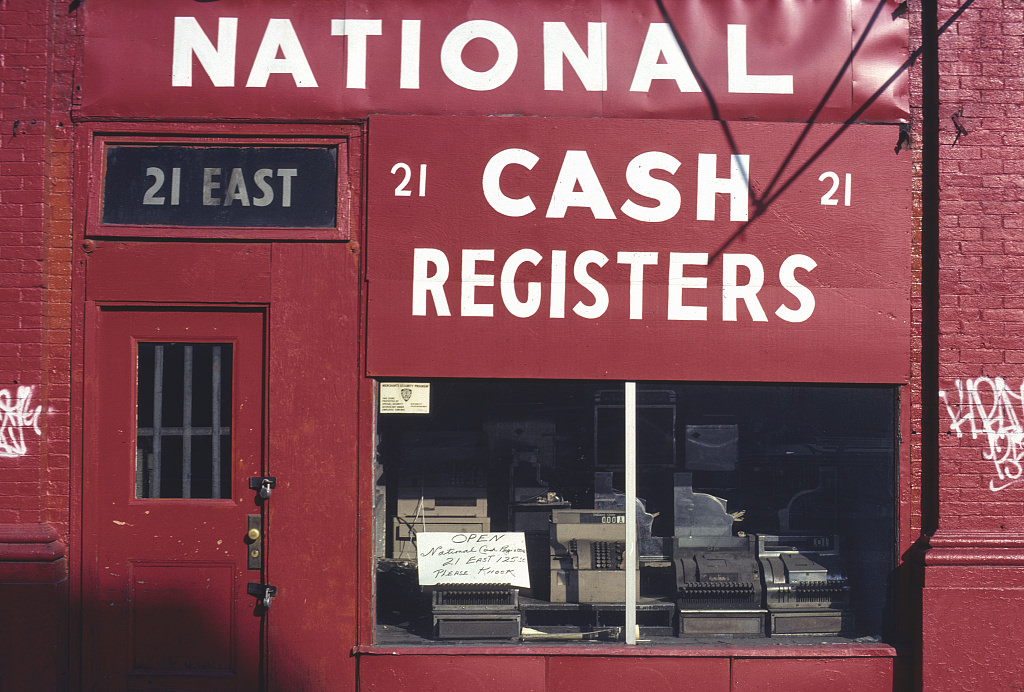
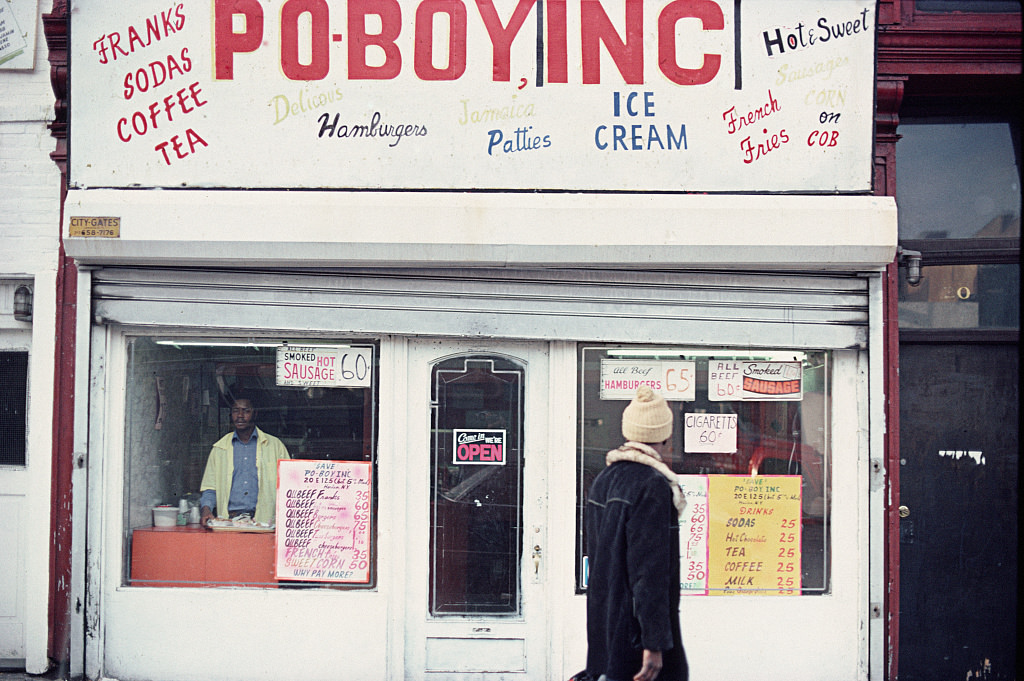
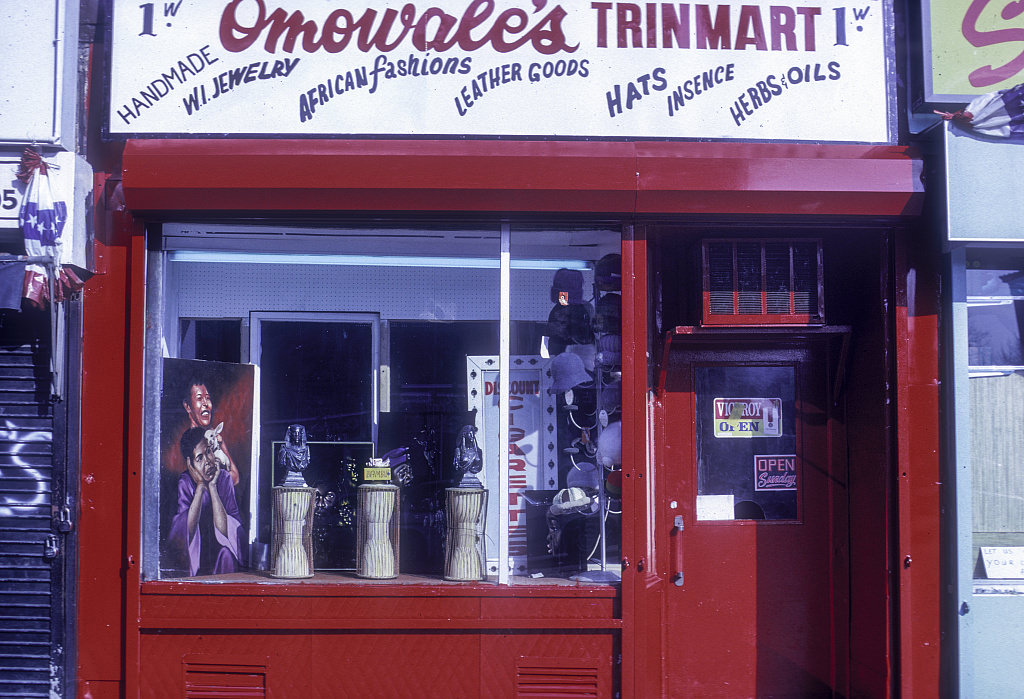
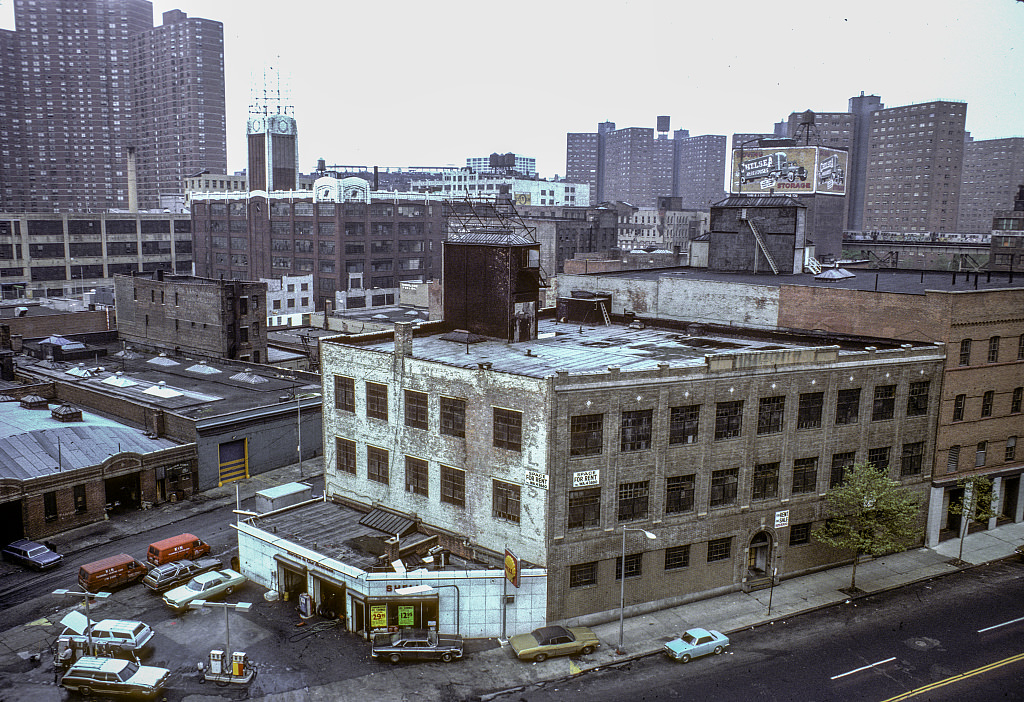
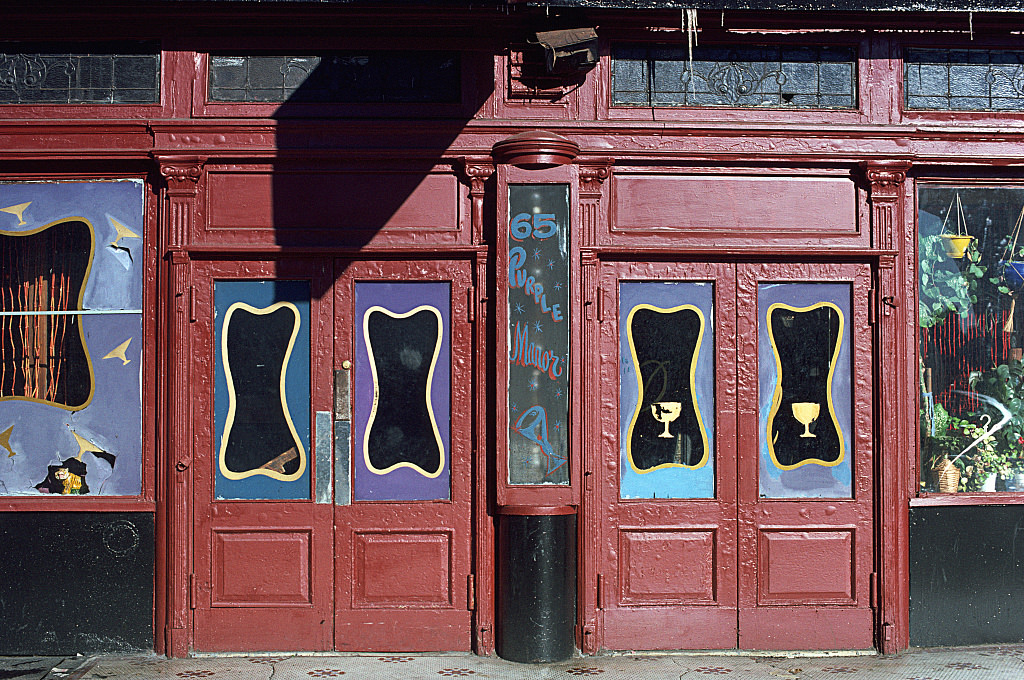
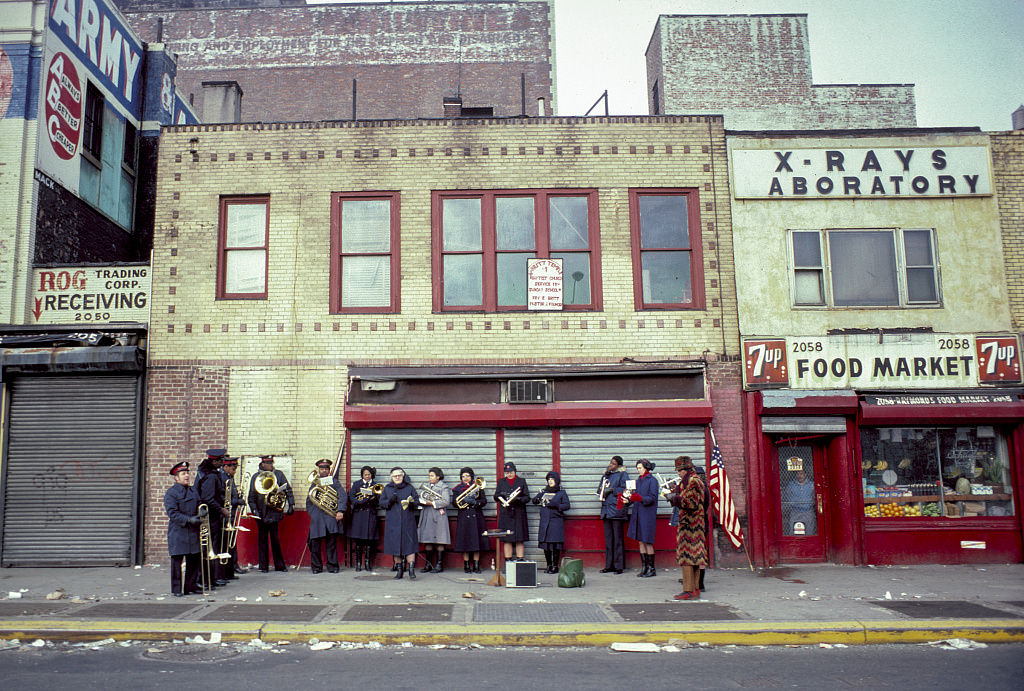
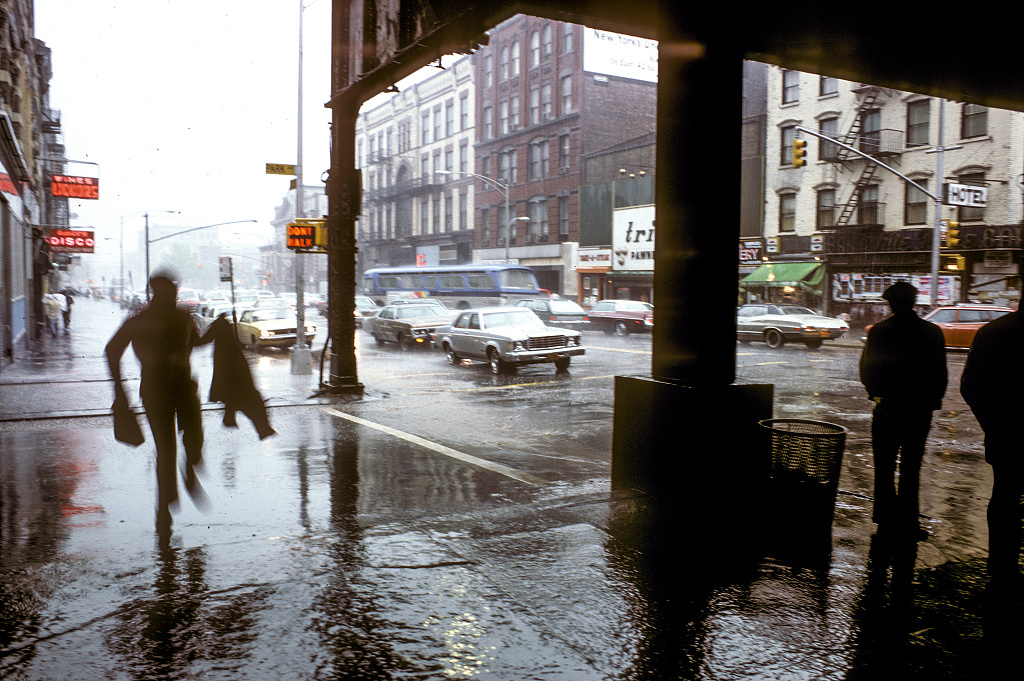
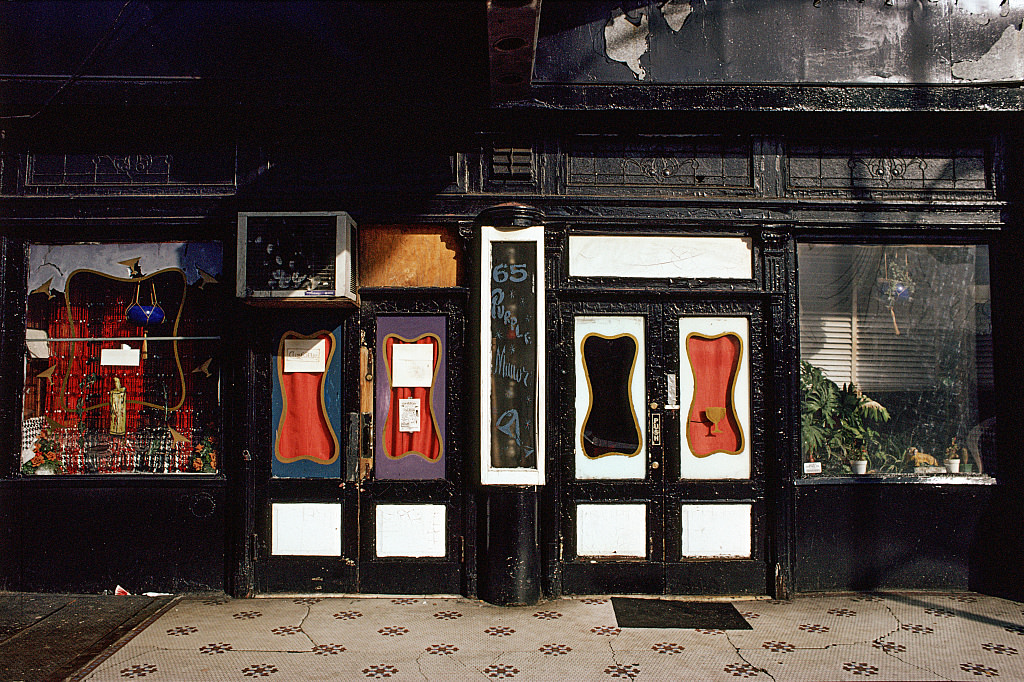
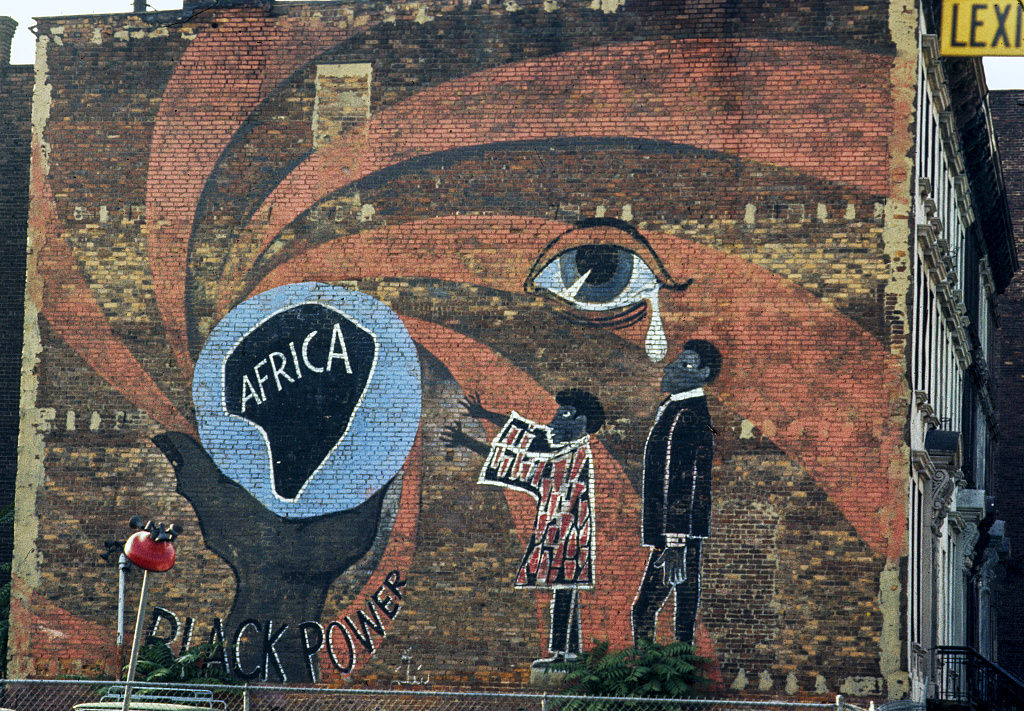
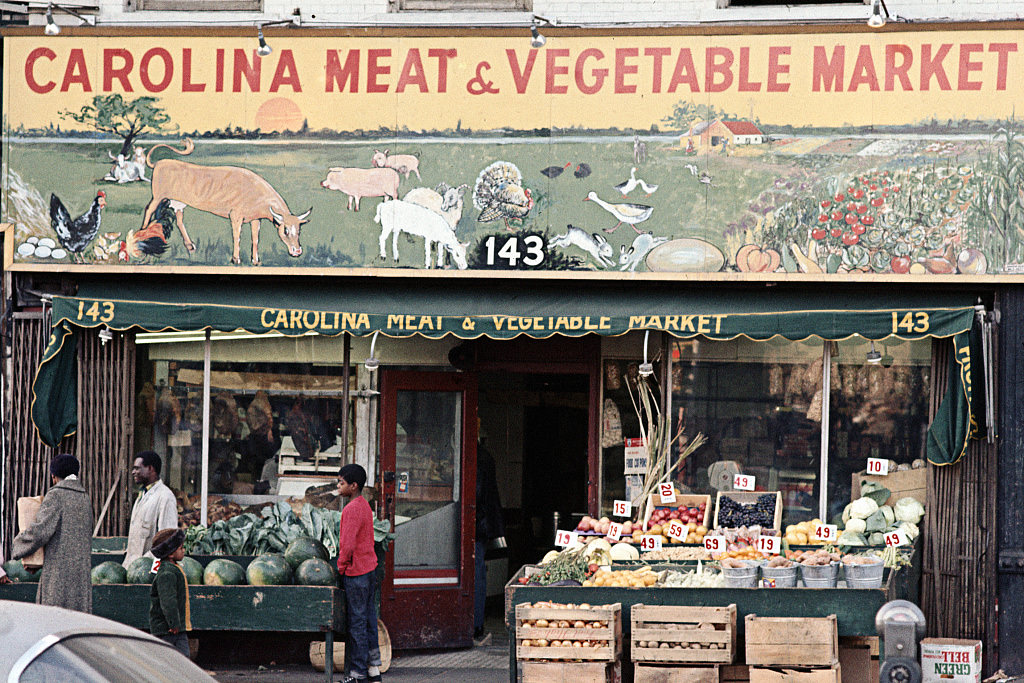
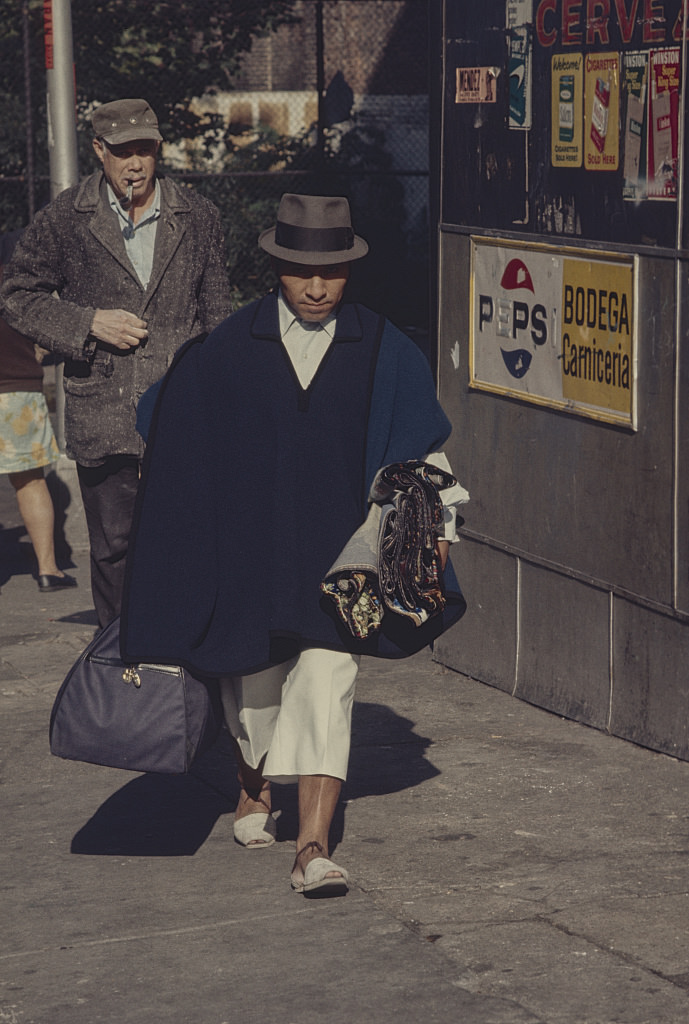
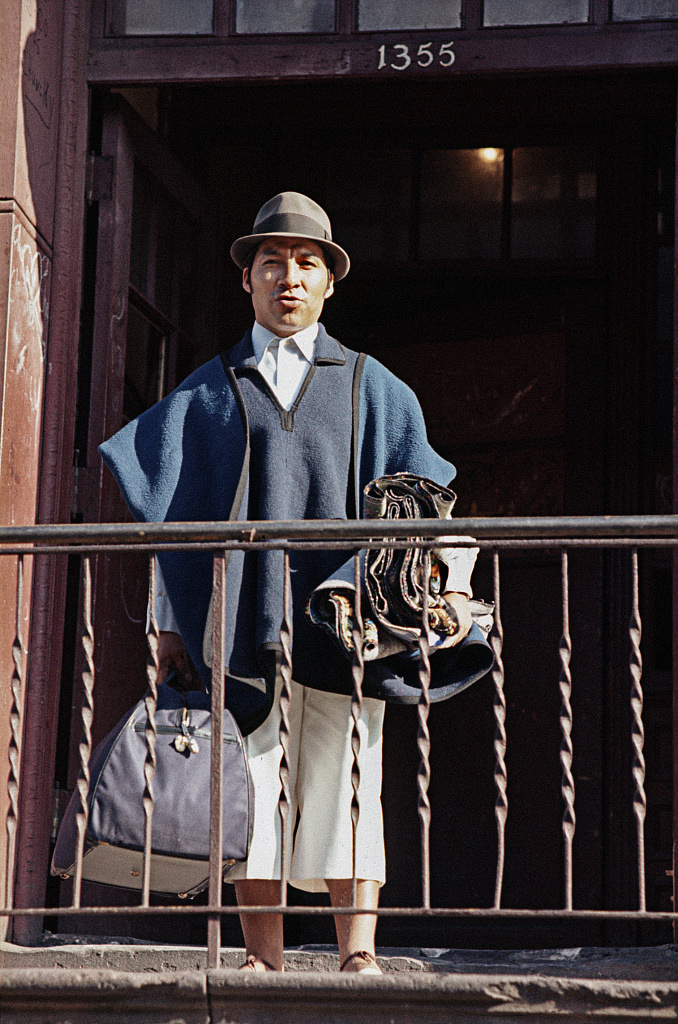
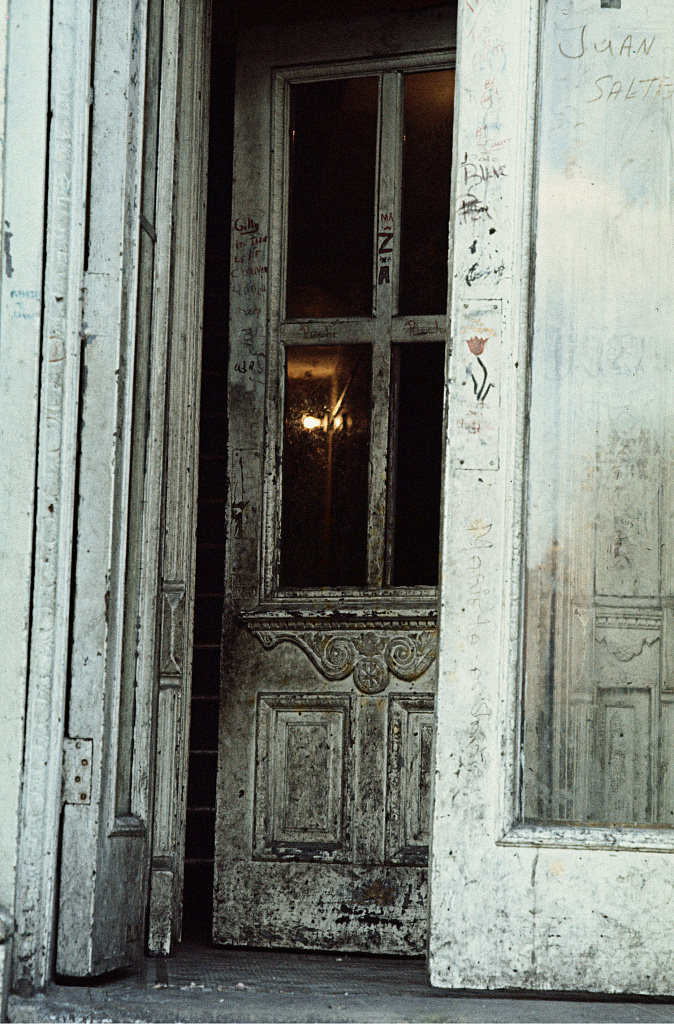
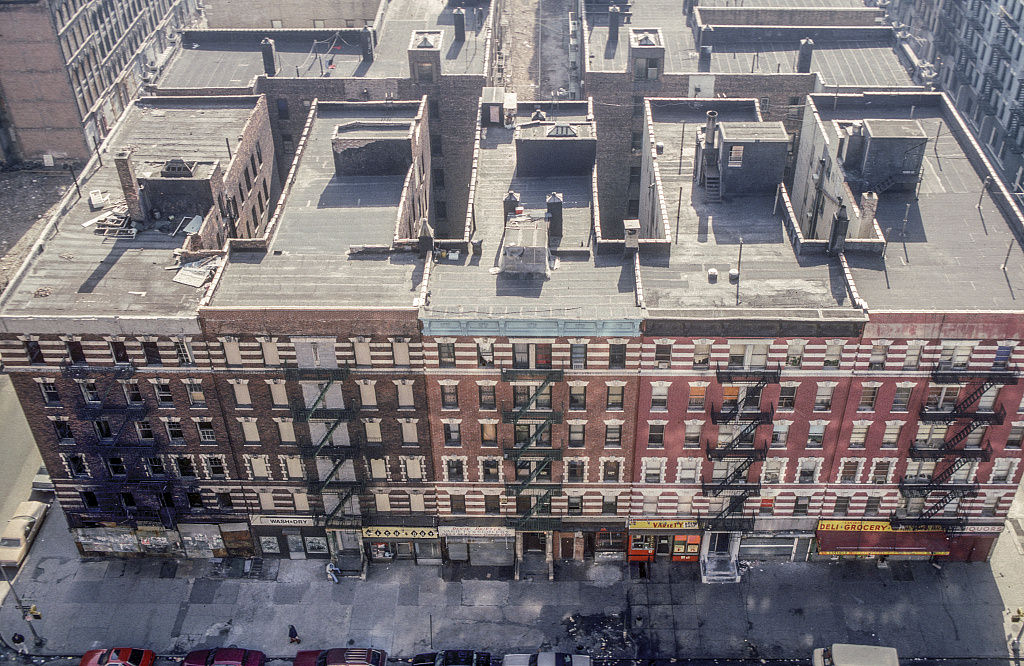
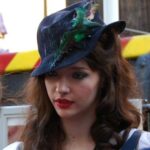
2,3,4,9, and 11 are all mislabeled – none of them are from the 1970s
Only 3 I believe is not from the 70’a
70’s*
Oops- meant to reply on Miguel’s comment